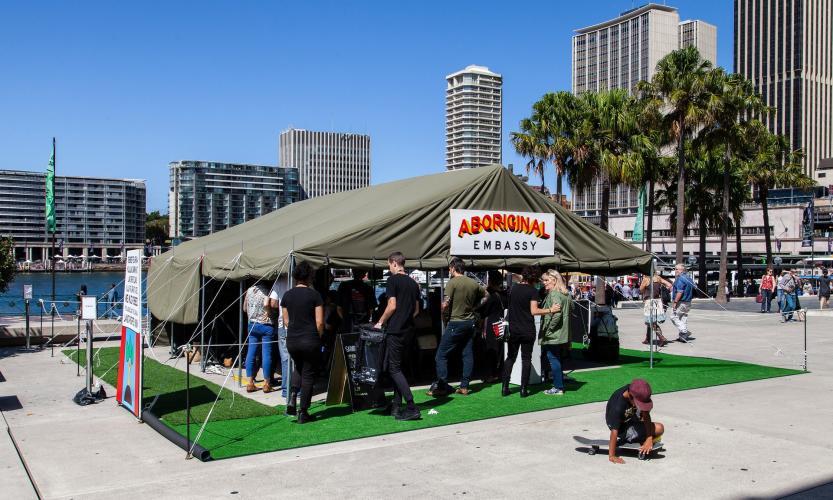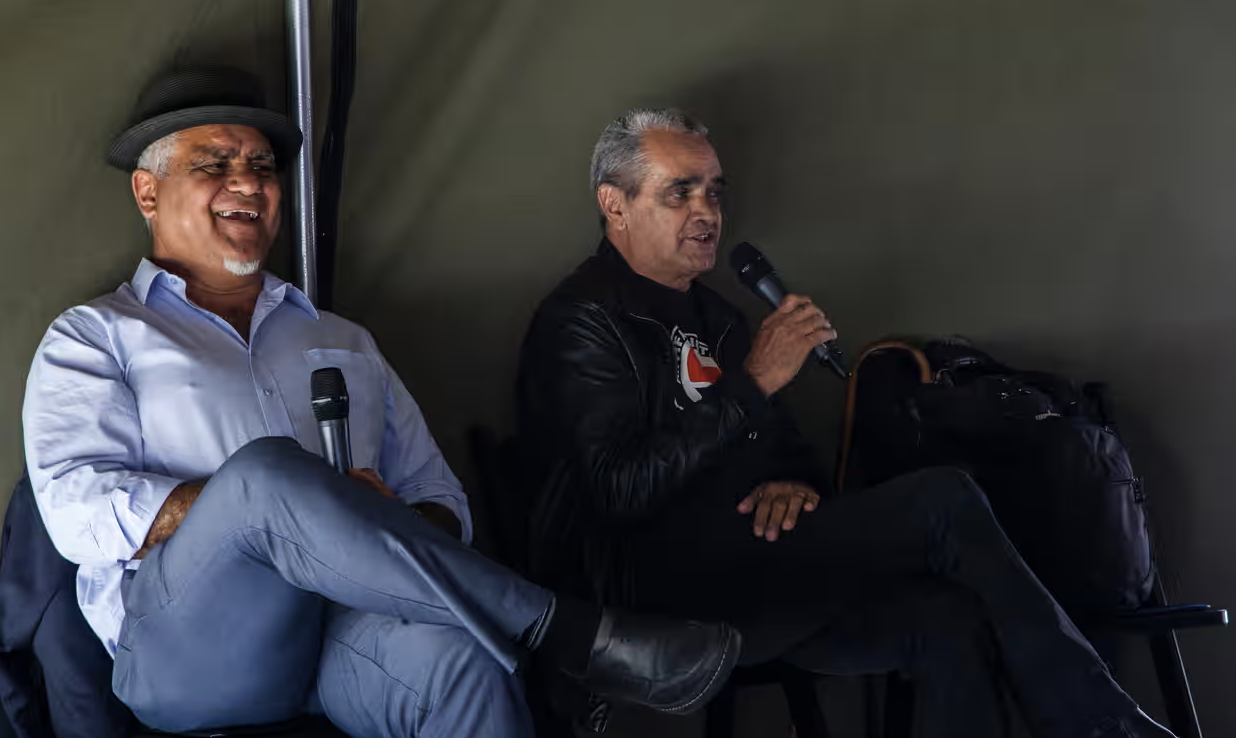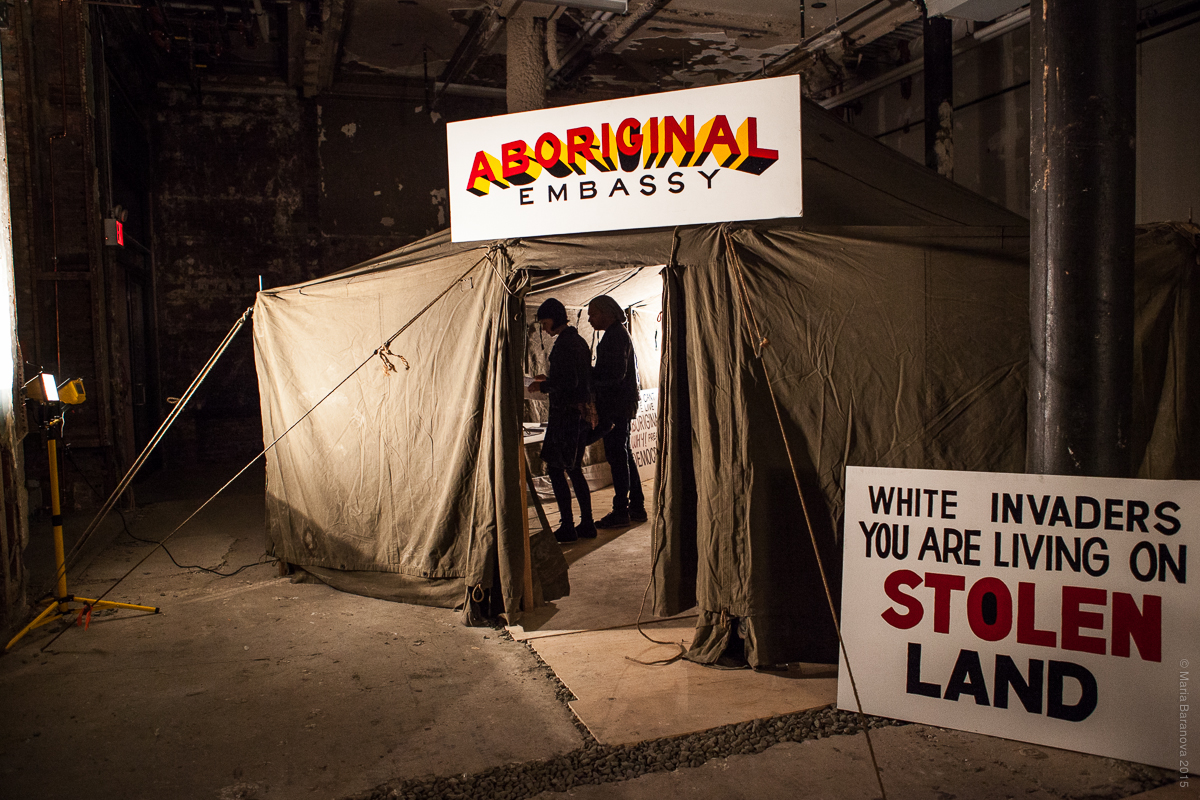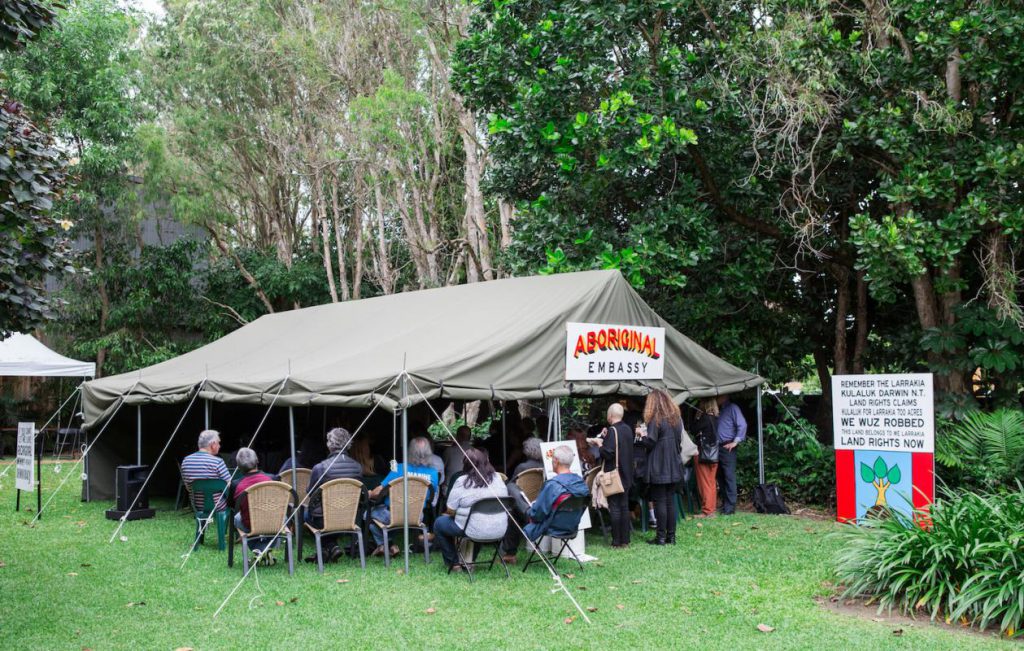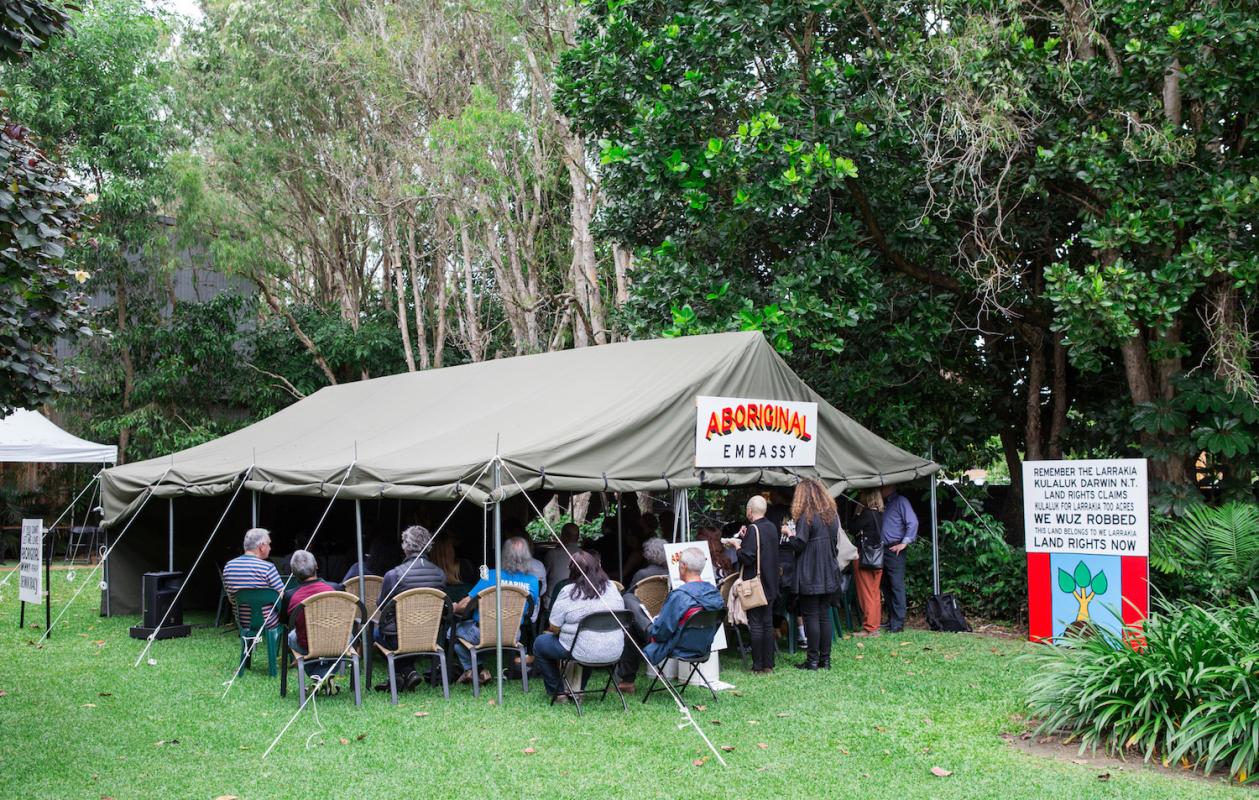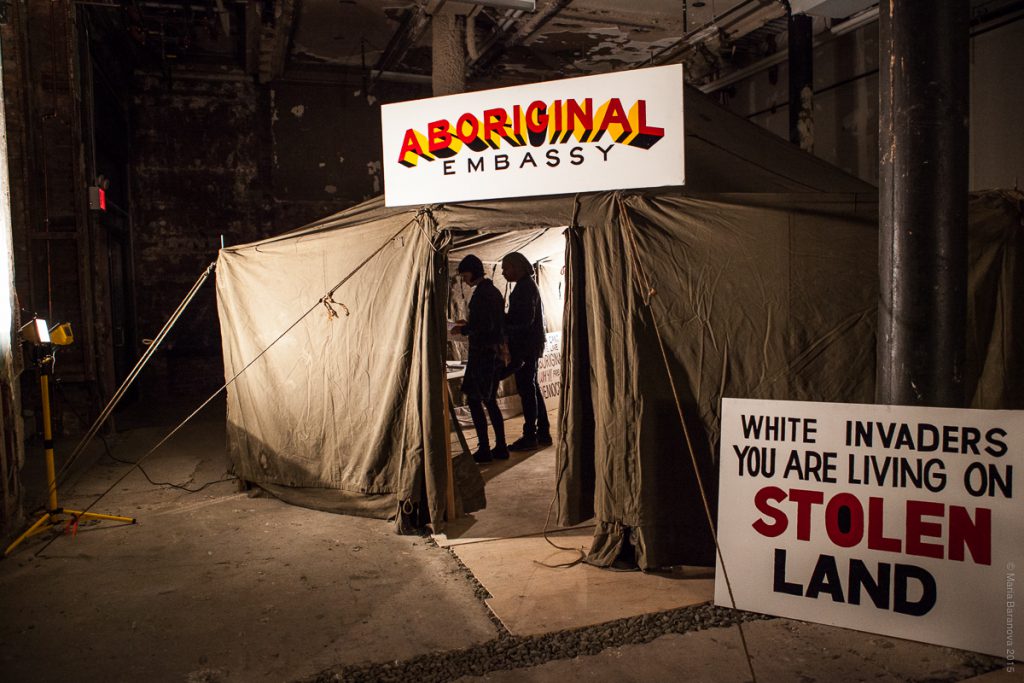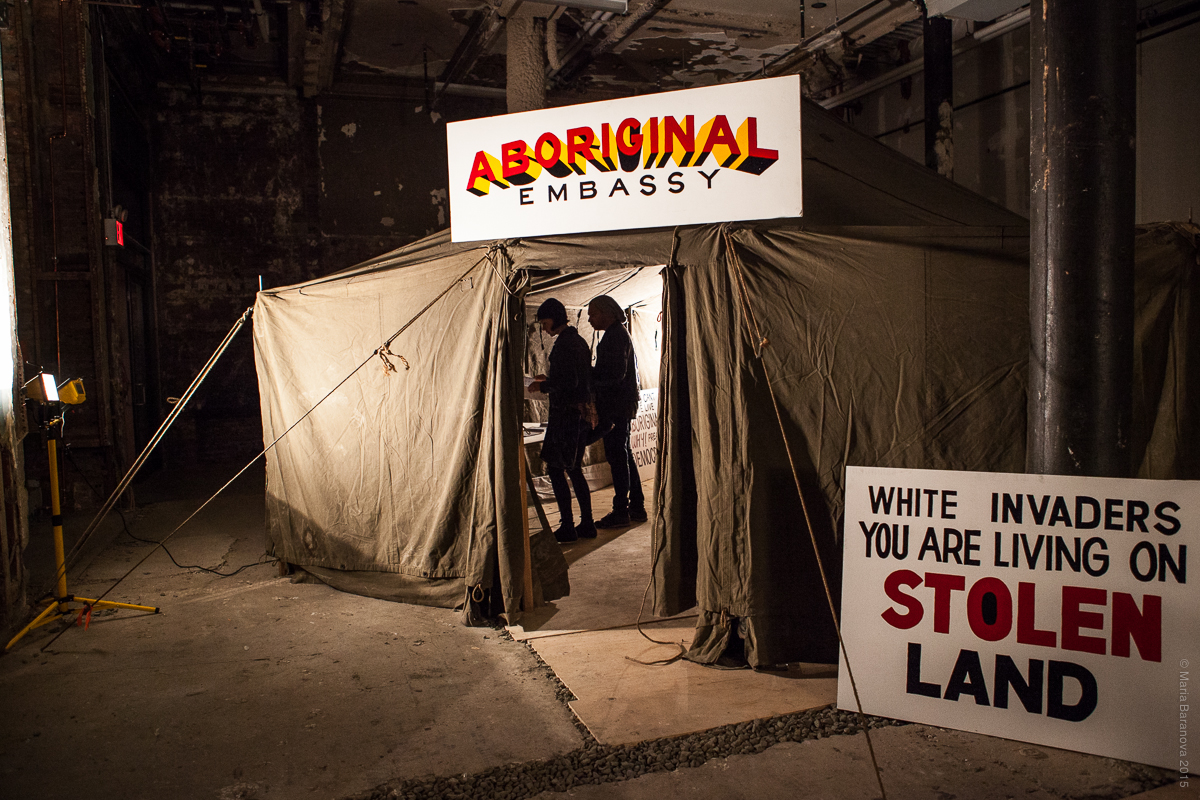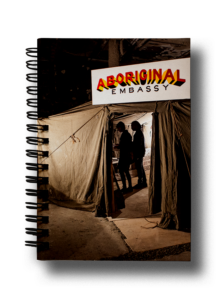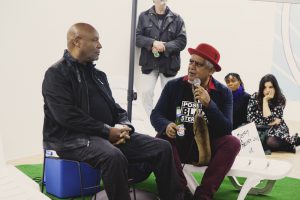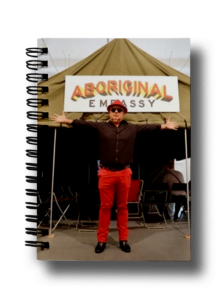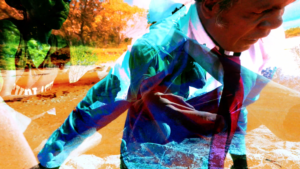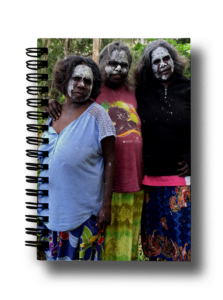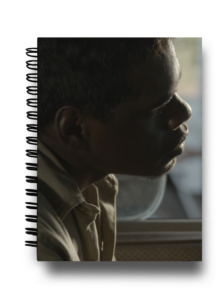About the project
Period
ongoing since 2013
Location
Melbourne and other locations
External links
Proposed by
The Karrabing Film Collective
In 1972, the Aboriginal Tent Embassy was established outside the Australian national parliament. It was erected to challenge the status, treatment, and rights of Aboriginal people in Australia. Forty-six years later, the Tent Embassy remains in place, one of the longest ongoing protests in the world. As an extension of this protest, Richard Bell’s Embassy (2013–) is a public space for imagining and articulating alternate futures and reflecting on or retelling stories of oppression and displacement, drawing on black power politics, theatre and performance art.
So far, Embassy has been shown in many cities across the world including Moscow, Amsterdam, New York, Brisbane, Sydney, and Cairns. In each case, Embassy has addressed its local context. For example, in Performa 15 in New York, activists from Black Lives Matter, the Black Panthers and the Idle No More movement gathered to screen films, give lectures and discuss issues in a spirit of solidarity. At Cairns Indigenous Art Fair, local indigenous elders, activists, and artists discussed strategies of resistance.
In its ability to demount and reappear in different contexts, Bell sees his Embassy as a satellite of the original Tent Embassy, utilizing his agency within the infrastructure of art as a means of furthering its reach. Embassy maintains a global presence as part of the long history of Indigenous diplomacy asserting Indigenous sovereignty and resilience in the face of relentless settler-colonial oppression, which often manifests in the denial of basic human rights.
Bell asserts that the work is understood as coalition building, seeking solutions towards fairness through solidarity.
About the artist
Richard Bell lives and works in Brisbane. He is a descendent of the Kamilaroi, Kooma, Jiman and Goreng Goreng peoples. He was an activist and community worker for the New South Wales Aboriginal Legal Service in the 1980s before becoming a full-time artist and co-founding the Aboriginal art collectives Campfire Group in 1990 and proppaNow in 2004. He works across painting, installation, performance, and video. Bell is one of Australia’s most significance artists and his work explores the complex artistic and political problems of Western, colonial and Indigenous art production. He grew out of a generation of Aboriginal activists and has remained committed to the politics of Aboriginal emancipation and self-determination.
Contents
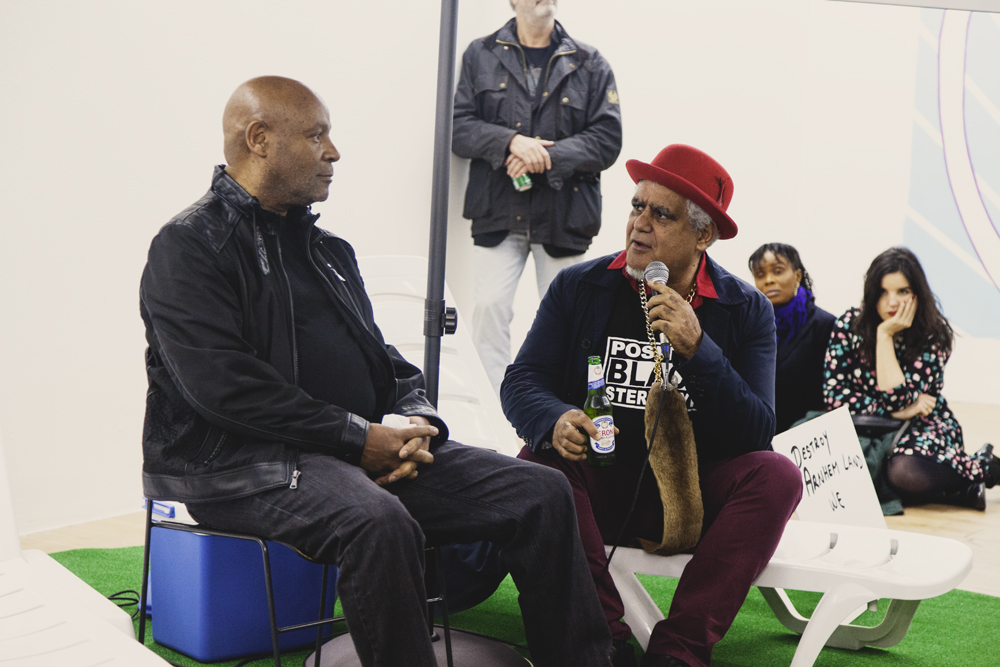 arrow_upward
arrow_upward
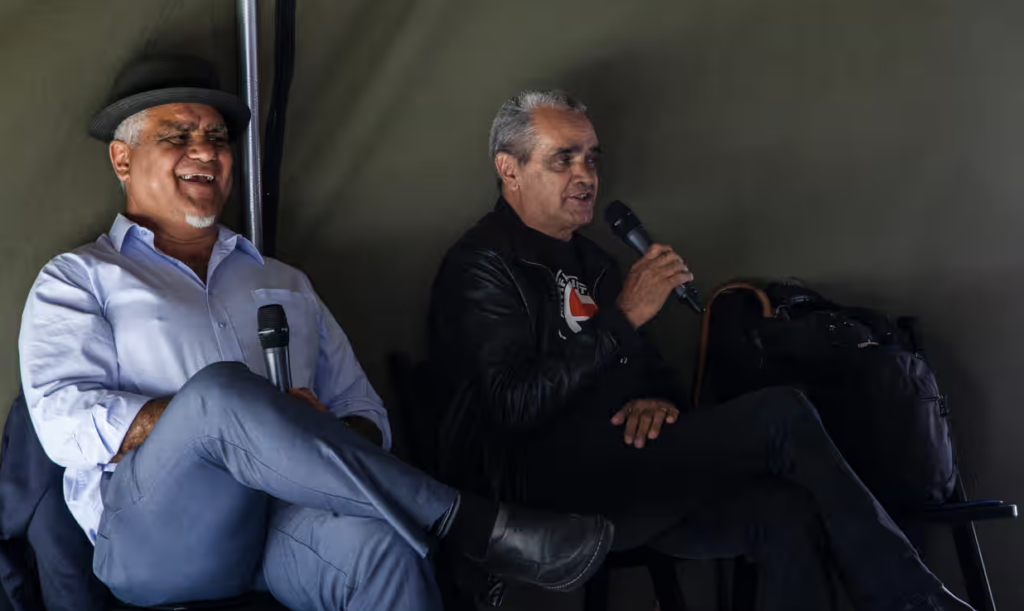 arrow_upward
arrow_upward
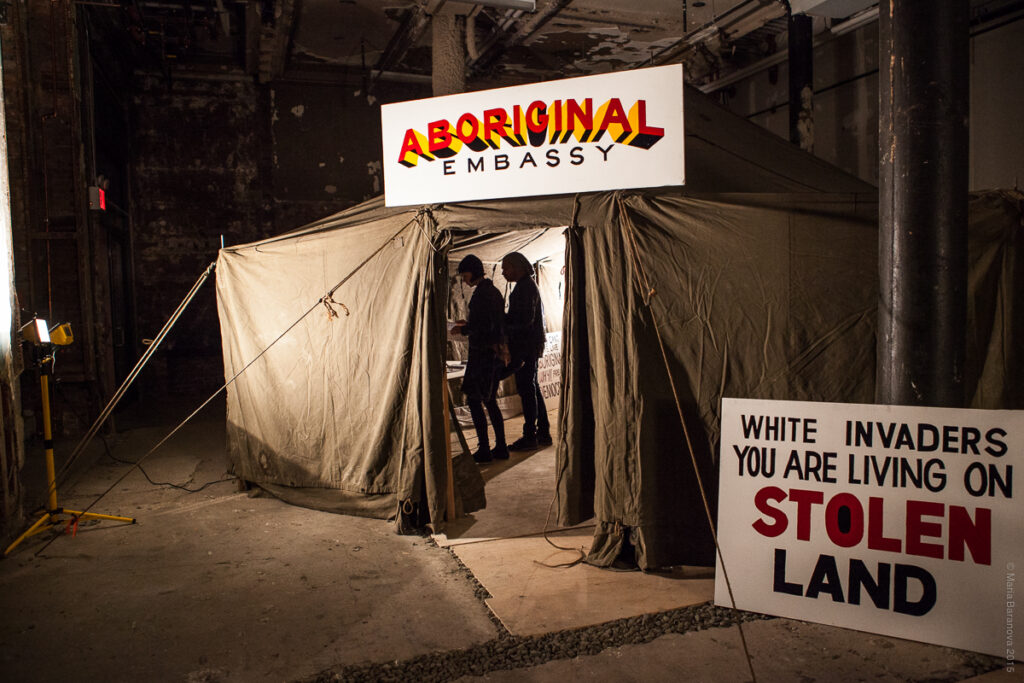 arrow_upward
arrow_upward
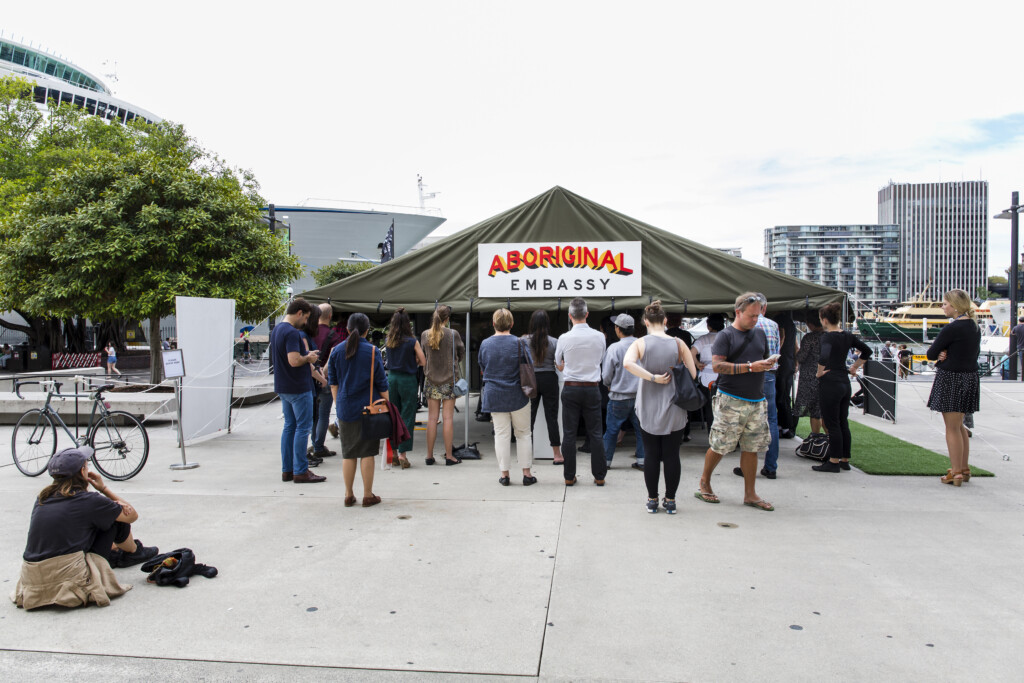 arrow_upward
arrow_upward
